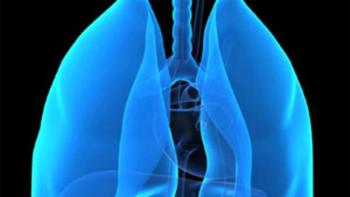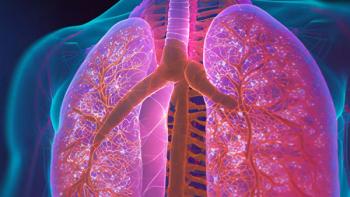
Advancements, Unmet Needs in HR-Positive, HER2-Negative Breast Cancer
While CDK4/6 inhibitors are “liberating” for this breast cancer subset, questions remain about what to do in later lines of therapy, according to a presentation at the CURE® Educated Patient Breast Cancer Summit.
Treatment advancements for hormone receptor (HR)-positive, HER2-negative breast cancer — which is the most common subtype — have improved outcomes and quality of life for this patient population, but unmet needs remain, particularly when it comes to endocrine resistance, according to Dr. Erica Stringer-Reasor.
Stringer-Reasor is an associate professor of Breast Medical Oncology, vice chair for Diversity, Equity and Inclusion, and director of the Breast Cancer Program at the O’Neal Comprehensive Cancer Center at the University of Alabama at Birmingham. She recently discussed HR-positive breast cancer at the
“Advanced endocrine therapies have improved prognosis and these hormone receptor-positive breast cancers, but we know that resistance inevitably happens so patients’ tumors get used to that therapy that we give them or administer that eventually we have to switch gears to a different therapy,” she said in her presentation, noting that approximately 30% of early-stage breast cancers progress to metastatic disease.
Oral CDK4/6 Inhibitors Can Be ‘Liberating’
The recommended frontline therapy for HR-positive, HER2-negative breast cancer is a type of drug called CDK4/6 inhibitors, the first of which was approved in February 2015.
These oral agents — which include
“What we found is that patients actually did better with taking oral drug therapies by mouth as opposed to IV chemotherapy for first-line therapy in [HR]-positive breast cancer, and this was revolutionary,” Stringer-Reasor said. “Because before then, most patients were destined to be in the IV infusion center for at least an hour and a half or more to treat their breast cancers. So this is quite liberating.”
Stringer-Reasor explained that patients typically stay on CDK4/6 inhibitor-based regimens for approximately two years. During that time, side effects from these drugs are “quite manageable,” she said.
Since the drugs are taken orally, they may cause nausea or diarrhea. Ibrance and Kisqali specifically can cause a decrease in white blood cell counts, putting patients at a higher risk for developing infections.
After Resistance to a CDK4/6 Inhibitor
If the breast cancer develops resistance to a CDK4/6 inhibitor, it is possible that they could benefit from switching over to a different CDK4/6 inhibitor, according to research. However, if the disease developed an ESR1 mutation — which can be detectable via blood test — the path forward may be more unclear.
Researchers are currently investigating biomarker-driven approaches, for ESR1-, PIK3CA-, AKT pathway- and BRCA-positive disease.
“There are a lot of other phase three trials continuing to look at this and even switch out the hormone-blocking pathway using the smart search mechanisms to see if that we can get a little bit more time on those drug therapies,” Stringer-Reasor said. “We always look at how we can target the tumor better.”
Selective estrogen-receptor degraders (SERDS) such as
For patients with PIK3CA mutations, the phase 3 SOLAR-1 trial showed that apelisib plus Faslodex improved progression-free survival compared with Faslodex alone, though a higher percentage (25%) of patients taking the two-drug regimen had to stop therapy compared to those only receiving Faslodex (4%)
Additionally, the CAPItello-291 trial showed that capivasertib plus Faslodex improved progression-free survival compared to Faslodex alone in patients with PIK3CA, AKT1 or PTEN-altered disease.
The Future of HR-Positive, HER2-Negative Breast Cancer
Ongoing trials continue to investigate the best therapies for patients with HR-positive, HER2-negative breast cancer — especially those seeking the next best option after CDK4/6 inhibition.
“We’ve come a long way since 2015, and it’s due to the generous time of patients and their families to participate in these clinical trials,” Stringer-Reasor said “We still continue to utilize CDK4/6 inhibitors as a first-line therapy but targeted therapies, options and [drug] sequencing are still underway, and we are certainly really excited about what the future holds for patients and their families living longer and actually feeling better.”
For more news on cancer updates, research and education, don’t forget to





